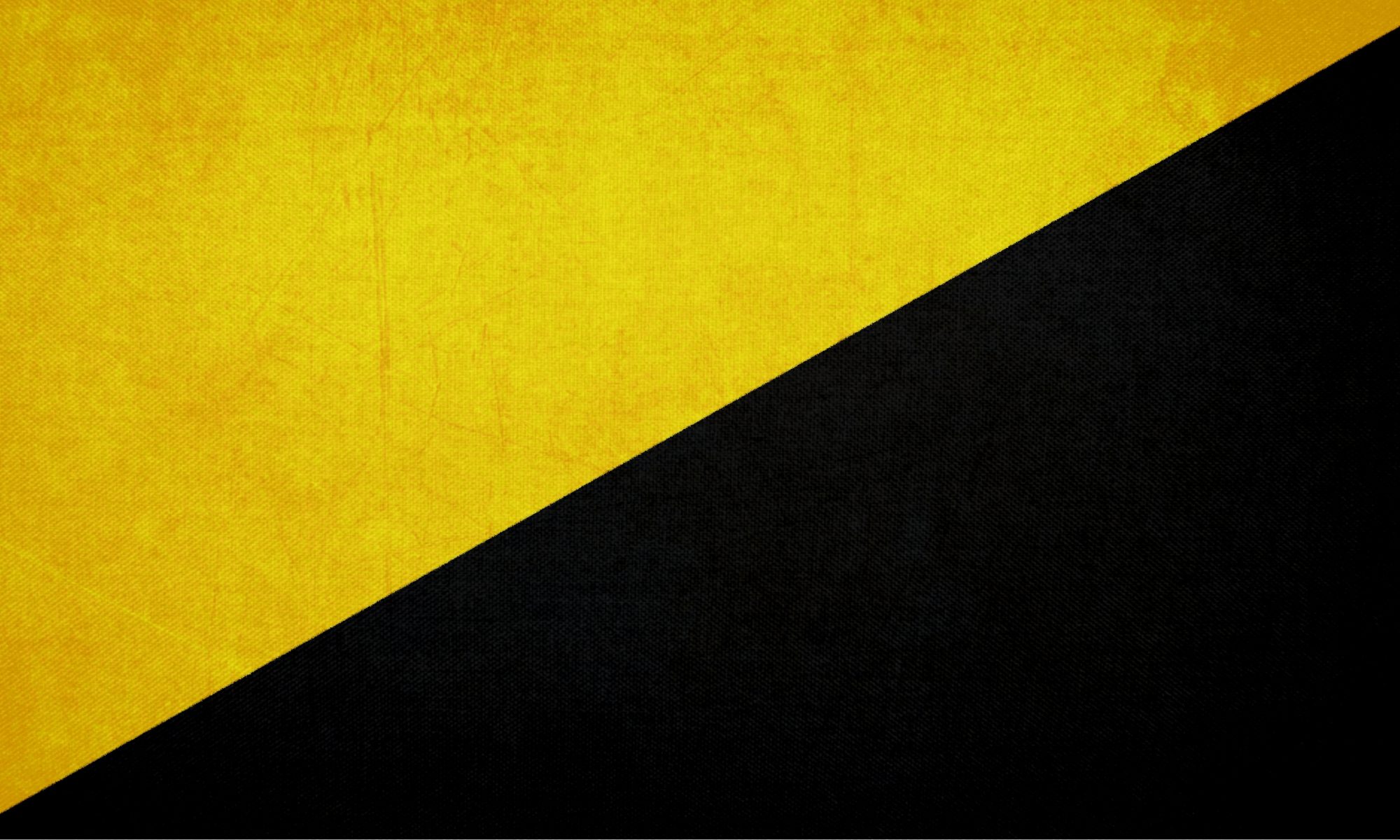False Perceptions
By Steven Clyde
“Money, get away. Get a good job with more pay and you’re O.K.
Money, it’s a gas, grab that cash with both hands and make a stash. New car, caviar, four star daydream. Think I’ll buy me a football team.
Money, get back. I’m all right, Jack, keep your hands off of my stack.
Money, it’s a hit. Don’t give me that do goody good bullshit. I’m in the hi-fi fidelity first class traveling set. And I think I need a Lear jet.
Money, it’s a crime. Share it fairly but don’t take a slice of my pie.
Money, so they say, is the root of all evil today. But if you ask for a rise it’s no surprise that they’re giving none away.”[1]
Money is one of the most misunderstood facets of our personal lives, and we spend a large portion of our existence attempting to acquire more of it. Furthermore, the general public lacks a realistic sense of the world we live in based on media propaganda and misinformation spread through the lens of “conventional wisdom”; so it’s no mystery why there exists this gap of knowledge.
Still it must be true that at least some of us realize in some aspect that this same thing we use every day is exorbitantly complex in nature. Does the average citizen really know what the Federal Reserve is? What a reserve ratio is? What inflation is (beyond the thought of their price of living rising)? Should they be expected to?
To quote Murray Rothbard from a 1970 piece when he was attacking the Anarcho-Communist school of thought, which was heavily attracting Marxist-Stalinists at the time:
“It is no accident that it was precisely the economists in the Communist countries who led the rush away from communism, socialism, and central planning, and toward free markets. It is no crime to be ignorant of economics, which is, after all, a specialized discipline and one that most people consider to be a “dismal science.” But it is totally irresponsible to have a loud and vociferous opinion on economic subjects while remaining in this state of ignorance. Yet this sort of aggressive ignorance is inherent in the creed of anarcho-communism.”[2]

Yet, to this day most have not even the slightest interest in economics or history, yet take positions which would have to imply they are masters of both.
Before we examine money in full, a few examples of how our thinking is heavily influenced by information that is false will illustrate why it’s critical to dissect these assertions. There will never come a time when it won’t be important to stress the pontifications of the main stream media, and their half-truths.














